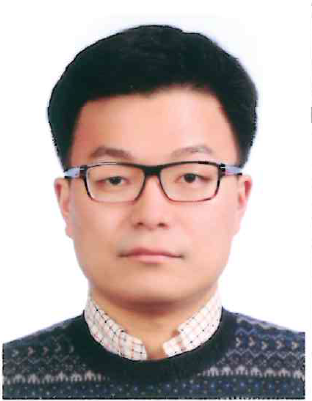12:40-14:00 Wednesday, 26 June 2019
Chairperson: Dr. Yan Zhang, Xi’an Jiaotong University, China
Power Module Application Test System Setup in 3 Levels ANPC Solar Inverter
Today, the 3 levels NPC topology is widely used in most of solar inverter, which has very important drawback, which is the semiconductor losses are distributed unequally among the devices of the inverter, which will also lead to an unequal junction temperature distribution. Hence, some of the devices will become hotter, while others will stay cooler. As in every inverter, the losses in the most stressed device will limit the switching frequency and the output power.
The three-level (3L) Active Neutral Point Clamped (ANPC) topology is an improved version of the Neutral Point Clamped (NPC) topology, it can overcome the uneven loss distribution issue by replacing the clamping diodes of the NPC by active switches with anti-parallel diodes, this way, the additional switches will enable more switching states and commutations compared to the NPC topology.
Hence, the ANPC power module is becoming very popular, good and reliable power module should be tested with all kinds of condition, and simulated with actual application, it is necessary to have an actual inverter system to simulate all kinds of condition to understand its performance.
In order to achieve the objective for this application test system setup, such as performing burn in test, spike test, reliability test, junction temperature raising test and module design verification and so on with system level test, it is necessary to design an application test system.
Elvis Zeng, ON Semiconductor, China
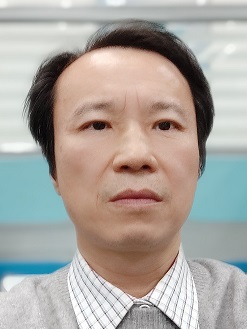
Elvis Zeng was born in Jiangxi in November 1966, he has received the Bachelor degree in electrical automation from HeNan Science University in 1986. He has been worked in ASA semiconductor in Singapore as software engineer and AMD as product development engineer, he joined Fairchild semiconductor (currently ON semiconductor) in Suzhou as Senior characterization test engineer 11 years ago, and familiar with characterization of diode, MOSFET and IGBT, currently leading application test in solar application.
Using IGBT with antiparallel diode in SOT-223
The need for improved power density and lower system cost pushes designers to find new and innovative alternatives to traditional design choices. One area where cost and space reduction is possible is in the design and packaging selection of high-voltage power switches such as IGBTs. It is especially important for low-power home appliances below 300 W where a heat sink is not desirable. Infineon Technologies plan to release an IGBT with a monolithically integrated reverse-conducting diode in a small SOT-223 package to reduce the package cost and size compared to the conventional DPAK package. This cost-optimized product portfolio called RC-D2 will enable further system-level cost improvement.
Bryan Tian, Infineon Technologies China Co., Ltd., China
Bryan Tian is currently a Sr. staff application engineer at Industrial Power Control department of Infineon Technologies China. Bryan received the M.S. degrees in power electronics from Hua Zhong University of Science and Technology in 2004. He has rich experience of the SMPS and motor drive system design. Now Bryan is in charge of the IGBT application supporting at North China.
pH neutral Cleaning Agents – Market Expectation & Field Performance
This paper details power module applications including qualification tests, failure mechanisms and considerations for cleaning processes. Subsequent to its release, engineered aqueous based cleaning agents have been incorporated into power module manufacturing processes. Several customer case studies highlighting this cleaning alternative and the reliability impact on the process are detailed within this paper.
Jianguang Ji, ZESTRON China, China
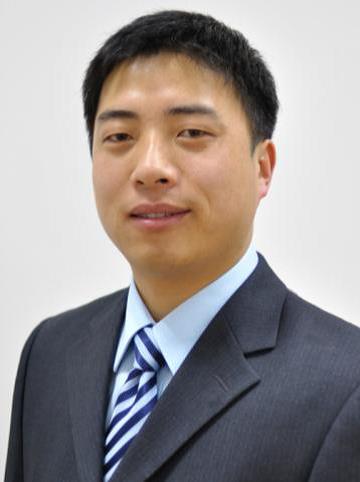
Mr. Jerry Ji is the senior proces engineer of ZESTRON Asia Pacific. He has more than 12 years working experiences in the cleaning sector of electronic assembly manufacturing industry. Before joining ZESTRON, he worked for several worldwide leading companies.
Research on Current Balance of MOSFET Multi – tube Parallel Connection
Firstly, the influencing factors of MOSFET multi-tube parallel current sharing problem are theoretically analyzed, then the theoretical analysis results are compared and verified by simulation and experiment, and a method for solving current imbalance is proposed, and finally the effectiveness of the method is verified by experiment
Ming Gao, Shanghai Maritime University, China

Gao Ming, who received bachelor's degree from Nanjing Normal University, is currently studying at Shanghai Maritime University.
Electromagnetic analysis of Press Pack IEGT with Transient Skin and Proximity Effects
The press pack injection enhanced gate transistor (PP-IEGT) has been widely implemented
in high voltage DC applications. Electrical and thermal performance of a PP-IEGT are the main
keys to investigate its reliability and lifespan. In this paper, electromagnetic performance of
each chip is carried out with skin and proximity effects during the turn-on transient. Finite
element analysis is applied to illustrate current and magnetic flux density distribution within the PP-IEGT. In terms of chip location, simulation results present different power loss of each chip. The gap distance between chips is also discussed based on electromagnetic performance.
Siyang Dai, Dalian University of Technology, China

Siyang Dai was born in Liaoning Province, China, in 1991. She received the Master’s degree in electrical engineering from Dalian Jiaotong University, Dalian, China, in 2017.
Currently, she is a Ph.D. student of School of Electrical Engineering, Dalian University of Technology. She main research interest is multi physics field analysis and reliability of high-power electronics devices.
A 1200V/400A Hybrid Module with Si-IGBT and SiC-MOSFET Development
Compared with Si IGBT, there is no conductance modulation effect in SiC MOSFET which makes it a higher conduction loss. However, SiC MOSFET can be operated in higher frequency on account of its low switching loss. Based on this method, Hybrid Switch (HyS) combines both advantages of Si IGBT and SiC MOSFET, and the cost is closer to Si IGBT. Also, a gate driver circuit with Miller Clamp is designed and applied for 1200V/400A HyS.
Han Cao, Institute of Electrical Engineering Chinese Academy of Sciences, China
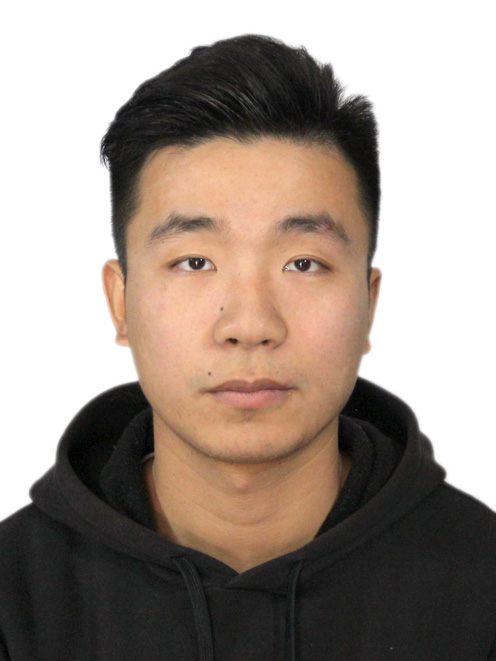
Han Cao is a Ph.D. student in Institute of Electrical Engineering, Chinese Academy of Sciences. He has been working on power device modeling and high density converter design for 3 year.
Rectifier Design for Frequency Converters using Thyristor or Diode Modules in Parallel Connection
It can be advantageous in certain cases, to use a parallel connection of thyristor or diode modules instead of press-pack devices. The previously presented αβ-Model had so far been experimentally validated with single, sinusoidal current half-waves; in this paper, the model is further validated. Based on this model, a simulative investigation of module parallel connection is performed which leads to advice on how to optimize a practical rectifier design for a minimal current sharing mismatch.
Stefan Wettengel, TU Dresden, Germany

Stefan Wettengel was born in Oelsnitz/Vogtl., Germany, in 1988. In 2014 he received a diploma degree in electrical engineering from TU Dresden, Dresden, Germany. He is currently working as a Ph.D. student at TU Dresden, where he is involved in a research project designing a novel pulsed current converter as a driver for high-field solenoids for medical applications.
Research on SiC MOSFET Application in 1MW PV Inverter
The power module based on SiC semiconductor material has the advantages of low on-state resistance, low switching loss and low thermal resistance, so SiC power modules is more suitable for the application with high frequency, high temperature, high efficiency etc. As the key components of photovoltaic grid-connected inverters, power devices play a crucial role in circuit structure design and machine performance. In order to verify the advantages of SiC power modules, we take photovoltaic grid-connected inverter as an example.
Bo Hu, Mitsubishi Electric & Electronics (Shanghai) Co., Ltd. , China
Senior Engineer from Mitsubishi Electric & Electronics (Shanghai) Co., Ltd.
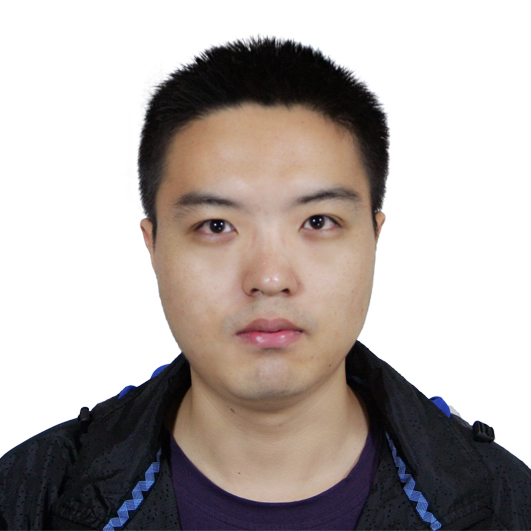
A Prospect of Hybrid Planar Power Module
The structure and production process of a hybrid planar power module of power semiconductor switch including SiC MOSFET in paralleling with Si IGBT will be presented. It will be illustrated in the experiment of double-pulse that hybrid planar power module is competitive in comparing with hybrid power module in traditional package.
Tianshu Yuan, Institute of Electrical Engineering Chinese Academy of Sciences, China
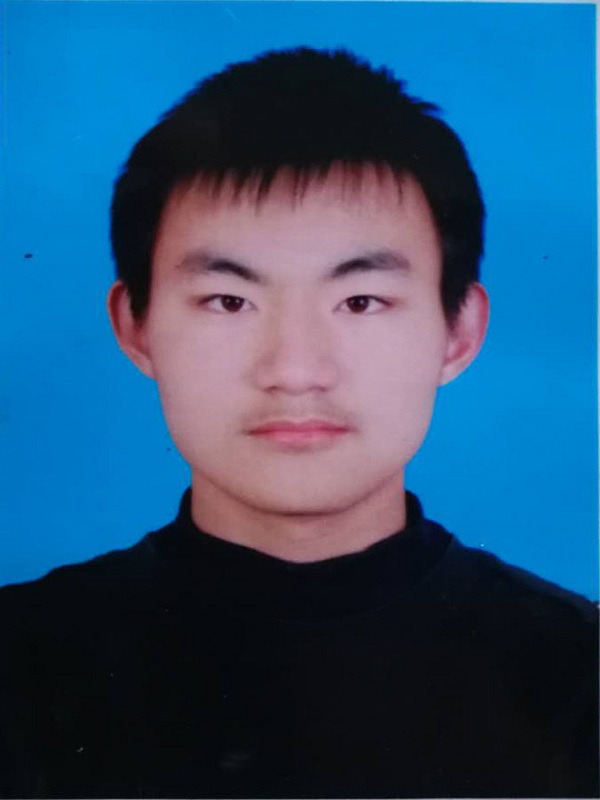
YuanTianshu, who graduated from Shandong University in 2016, now is with Institute of Electrical Engineering, University of Chinese Academy of Sciences, Chinese Academy of Sciences. My major is power electronics and power transmission.
New HVIC circuit topology to improve FTB immunity with 650V/50A IGBT IPM for Industrial Applications
A new circuit topology for high-voltage integrated circuits (HVIC) to improve fast transient burst (FTB) immunity is described. The concept of new circuit topology is detecting VS negative surge voltage which dissipates the off-pulse signal of a level up shifter which performs the logic transmission by edge trigger. It is realized reliable logic transmission by generating an additional off-pulse signal triggered with the surge voltage return timing. As a result, the FTB immunity has been improved from ± 2 kV to ± 4 kV in inverter applications that drive 3-phase motors using the IPM with the 650V-class HVIC adopting the new circuit topology.
Hidetomo Ohashi, Fuji Electric Co. Ltd., Japan
Graduated in school of applied chemical from university of Tokyo in 2002 and started working in Fuji Electric Co., Ltd in 2002. Worked in R&D department for IC engineer of power supply during 2002~2010. Now works as power module engineer of new IGBT IPM development for inverter applications. And enrolled in a doctoral course in university of Yamanashi.

Introduction of Automotive Smart Power Module series for up to 7.5kW Automotive High Voltage Auxiliary Motor Drive Applications
This paper introduces Automotive Smart Power Module product series which is fully optimized and intelligent integrated IGBT inverter modules for up to 7.5kW motor drive applications. The series are composed of 1200V ASPM34 and 650V ASPM27. The series extends the existing Smart Power Modules product portfolio, qualifying them to meet the performance and reliability requirement of automotive auxiliary motor drives in Hybrid and Electric Vehicle application. This paper provides an overall description of the ASPM34 and ASPM27 series.
Kangyoon Lee, ON Semiconductor, South Korea
Kangyoon Lee received his M.S. degree in Electrical Engineering from SeoKyeong University, Seoul, Korea, in 2011.
From 2011 to 2016, he was with Fairchild Korea Semiconductor, Bucheon, Korea, where he was a R&D SPM Senior Research Engineer in the Motion Control System Team, HV PCIA. Since 2013, he has been working for ON Semiconductor as a IPM R&D Senior engineer in the IPM BU.
